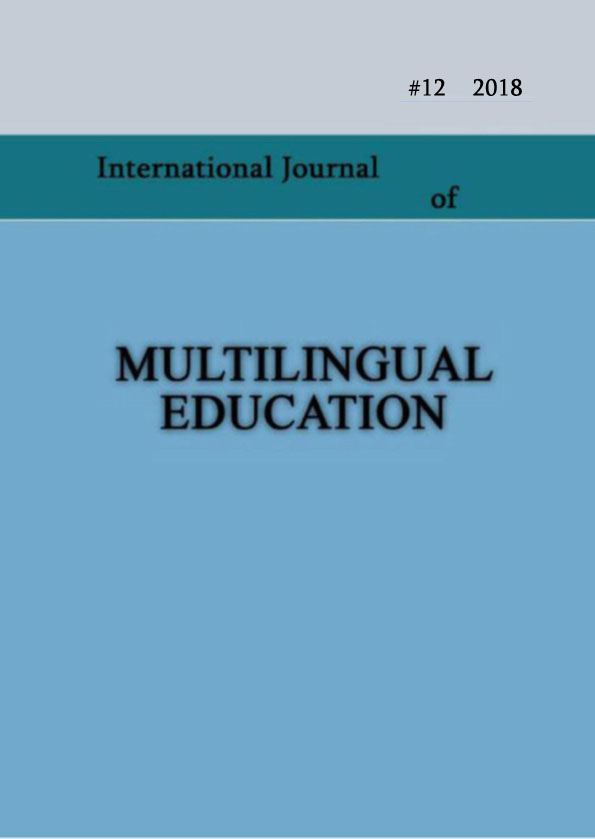Teaching Georgian as a second language: Modality and Tense (modal unda)
Keywords:
Modality, mood, tense, second language teachingAbstract
In the Georgian language, the verb paradigm is distributed among the forms of screeves (Shanidze). A screeve is a complex grammatical category which embraces the characteristics of tense, person, aspect, mood, permansive, resultative, perfect, evidentiality. The agglutinative nature of the language implies the existence of several grammatical meanings in one and the same verb form. The category of modality is expressed by means of adding modal elements to the verb form. The modal element expresses modal semantics, whereas the verb form bears the semantics of other grammatical categories. Thus, in Georgian, a modal construction embraces a combination of several grammatical peculiarities and semantics. The modal element is not usually found with all screeve forms. In order to express a modal content, different modal elements choose different screeves.
The categories of tense and aspect are important features of the modal construction. The modal element unda is used with three screeves in Georgian: Present Subjunctive, Second Subjunctive and Second Resultative. Out of these, two are subjunctive mood forms, whereas the third one is the form of the indicative mood. However, as a result of weakening of the functions of the third subjunctive, the screeve of the second subjunctive has acquired numerous functions. One of such functions is to express modality in the past. Acquisition of modal constructions is an important part of language teaching. Modal constructions express the speaker’s attitude. In this regard, at a certain stage of language teaching these constructions are frequently addressed. It is very important for the learner to grasp the rules of formation of these constructions.
References
Babunašvili E., 1995 - meore turmeobitis semantikastan dakavširebuli zogi sakitxisatvis kartulši, saenatmecniero ʒiebani 4.
Koṭinovi N., 1986 - ḳilos ḳaṭegoria da sinṭaksis zogierti saḳitxi kartulsi, Tbilisi.
Paṗiʒe A., 1984 - acmq̇os kavširebitis punkciebtan dakavširebuli zogi sakitxi, kartvelur enata strukturis saḳitxebi, 6, Tbilisi.
Šaniʒe A., 1980 - kartuli enis gramatikis sapuʒvlebi, v. III, Tbilisi.
Šarašenidze N., 2017 - unda modaluri pormis deonṭuri semanṭiḳa kartulši, ena da ḳulṭira. 4, Kutaisi
KaWac Corpus - http://corpus.leeds.ac.uk/internet.html
Published
How to Cite
Issue
Section
License
Copyright (c) 2018 Nino Sharashenidze

This work is licensed under a Creative Commons Attribution-NonCommercial 4.0 International License.
Copyright (c) - Authors who publish with this journal agree to the following terms: Authors retain copyright and grant the journal the right of first publication with the work simultaneously licensed under a Creative Commons Attribution-Noncommercial 4.0 International License, which allows others to share the work with an acknowledgement of the work's authorship and initial publication in this journal. Authors are permitted and encouraged to post their work online (e.g., in institutional repositories or on their personal website) prior to and during the submission process, as it can lead to productive exchanges, as well as earlier and greater citation of published work (see The Effect of Open Access). Authors may enter into separate, additional contractual arrangements for the non-exclusive distribution of the journal's published version of the work (e.g., post it to a repository or publish it in a book), with an acknowledgement of its initial publication in this journal.

